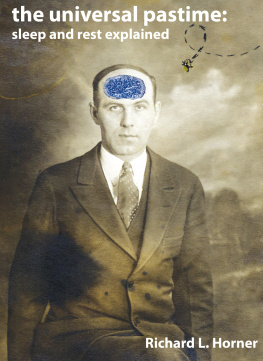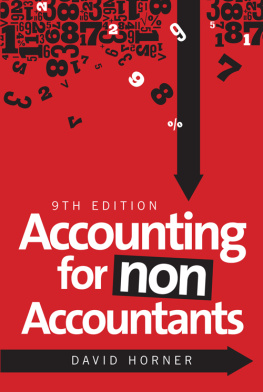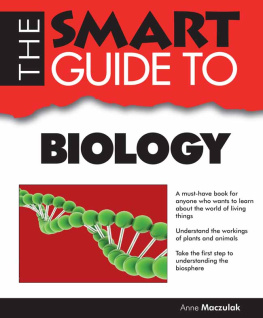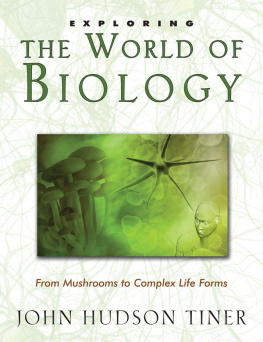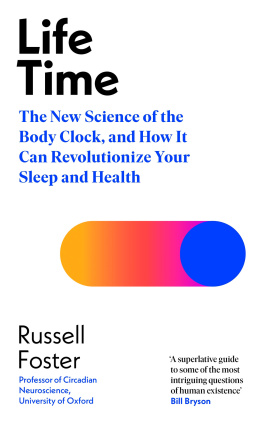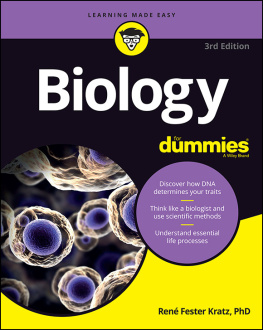Contents
the universal pastime: sleep and rest explained
2014 by Richard L. Horner. All rights reserved.
No part of this book may be used or reproduced in any manner whatsoever without the prior written consent of the author, except in the case of brief quotations and with their appropriate citation.
This book is dedicated to my family, and especially to the memory of my father (1932-1987) who died too early, and my mother (1932-2013) who missed him greatly.
Acknowledgements
This book, for the reasons outlined in the introduction, is the product of reading and writing largely in my spare time, such as that is. I thank my family then - Kim, Charlie and Abbey for accommodating the frequent intrusions on our family time. Sometimes they share my curiosity and interest in matters scientific, and at other times they have a healthy degree of disinterest. Both viewpoints, of which the latter is typically more prevalent, I understand and appreciate.
A number of people have helped me shape some of the ideas contained in this book. Discussions with undergraduate students during and after my fourth year physiology class have helped me sharpen some of the arguments. Likewise with the productive and stimulating discussions that I have had with a variety of graduate students and post-doctoral trainees. Of these I highlight Kevin Grace who has been a valuable sounding board and discussant of various ideas. Several friends and colleagues at the University of Toronto have also contributed valuable critique to various sections of the book. In particular, I acknowledge Richard Stephenson who has a deep understanding of biology that I respect greatly. I have learnt much from our many conversations over the years.
I thank my friend Scott Cameron whose artistic talents were on show at the West Don Gallery in 2010. It was there that I first saw Uncle Emil - The Dreamer among other outstanding pieces. I was immediately struck by the appropriateness of that piece as the cover art of this book. I wish to also acknowledge two other individuals who have been particularly important in helping me shape the final version of this book. My long-time friend from the University of Sheffield, Craig Baxter, was the first to read the near-final version of this manuscript. Craig is a successful playwright, and apart from offering valuable critical input on the structure of the book and the writing, Craigs reading of it also resulted in a collaboration that led to a short one-act play Somniloquy. Somniloquy was performed in several theatres in the U.K. over the summer of 2013 as part of the Hotbed New Writing Festival of the Menagerie Theatre Company. That collaboration was one of the most interesting and stimulating projects I have been involved with in many years. I also acknowledge Brent Fleming, with whom I have played soccer once a week for over fifteen years. I have enjoyed our many conversations on varied topics in the pub afterwards, including the evolution and construction of this book. Brent is not a scientist by training or profession. Nevertheless, he has broad interests and his depth of reading and knowledge across both literature and science is noteworthy. Brents detailed review and critique were most valuable in helping me judge the suitability of the material for the general reader with an interest in science.
I conclude by also acknowledging and thanking the broad community of writers and broadcasters that I have not met personally. I was stimulated to write this book in the first place because I read general science books and I have always valued that those authors took the time and trouble to put them together. I also listen to numerous radio shows and podcasts that have informed my thinking on a variety of topics that have found their way into this book. I end with the following disclaimer that is typical of non-fiction books: any and all errors of omission or interpretation are my own.
About the author
Richard Horner received his undergraduate degree in Physiology from the University of Sheffield, UK in 1986. He then completed his PhD at the University of London, UK in 1991 followed by postdoctoral work in the Department of Medicine at the University of Toronto (1991-1994) and the University of Pennsylvania (1994-1997). He returned to a faculty position at the University of Toronto in 1997 where he is now Professor of Medicine and Physiology and a Canada Research Chair. His research focuses on the brain cells and circuits controlling the states of sleep, drug-induced sedation and anesthesia, and their impact on vital functions such as breathing. He has over one hundred peer reviewed scientific publications and chapters in textbooks. Dr. Horner is also active in undergraduate and graduate teaching at the University of Toronto. He has won awards for these courses, as well as awards for linking teaching with research.
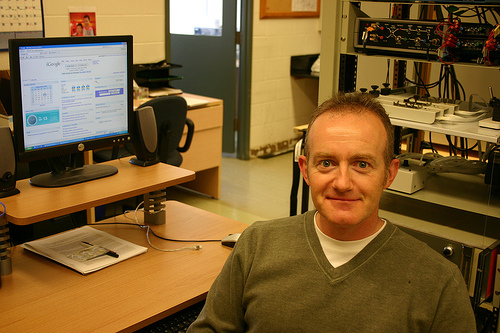
About the cover art
Scott Cameron is a Toronto-based multi-disciplinary artist. The image Uncle Emil - The Dreamer (2010) is from his Scotch Camera series of augmented family photographs. The work was inspired by Salvador Dalis Dream Caused by the Flight of a Bee Around a Pomegranate a Second Before Awakening (1944).
Introduction
I thought it useful at the beginning of this book to clearly identify my main motivations and aims for writing it. I do this not only to enable the interested reader to understand the mindset of a working scientist at a research-intensive University, but also to constantly remind myself to stick to these original ideals, not least because they form the essential foundation for the overall structure of the book. The primary motivation to write this book is my growing realization that it is an important responsibility for any scientist to communicate more with the public about the current state of knowledge in our chosen areas of research and teaching, for the reasons of promoting interest in science, increasing the awareness of new breakthroughs, and perhaps informing personal choices that can promote health or inform public policy. With this primary motivation in mind, the book is also structured to fill a particular niche. There are several well-written and informative popular books on sleep written by professional writers, but the direction typically chosen by such writers is not the one that I plan to take with this book. Rather, what I aim to tackle is the difficult problem of explaining why we actually rest and sleep, and to do so from fundamental principles of biology.
You may well ask do we really, at this point of our current state of knowledge, not really know why we sleep and dream? Well actually we do not, and this book aims to explain why and fix that knowledge gap. To bring you up to speed, on July 1 st 2005 one of the top scientific journals in the world - Science (www.sciencemag.org) - published its 125 th anniversary issue and highlighted the most compelling but unresolved scientific questions. Among those hard questions were: What Is the universe made of?; What is the biological basis of consciousness?; Are we alone in the universe?; How hot will the greenhouse world be?; and will Malthus continue to be wrong? (The Reverend Thomas Malthus and his insight of 1798 are introduced on the first page of Chapter 1). Those questions, and the other one hundred and twenty identified in the anniversary issue of Science tackle big picture ideas. Interestingly, listed among the big unresolved questions were: Why do we sleep? and , Why do we dream?
In 2010 these questions remained unanswered and I decided to tackle them. I had researched aspects of the brain in sleep all my academic life and had taught an advanced undergraduate course on the subject for over ten years, as well as a graduate course. I was also looking for a new challenge and decided to tackle the biggest ones in the field: Why indeed do we sleep and why do we dream? To tackle such big questions, however, required lots of motivation to spend my spare time differently. This choice requires an explanation.

